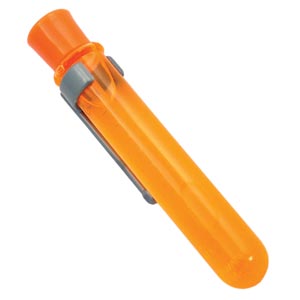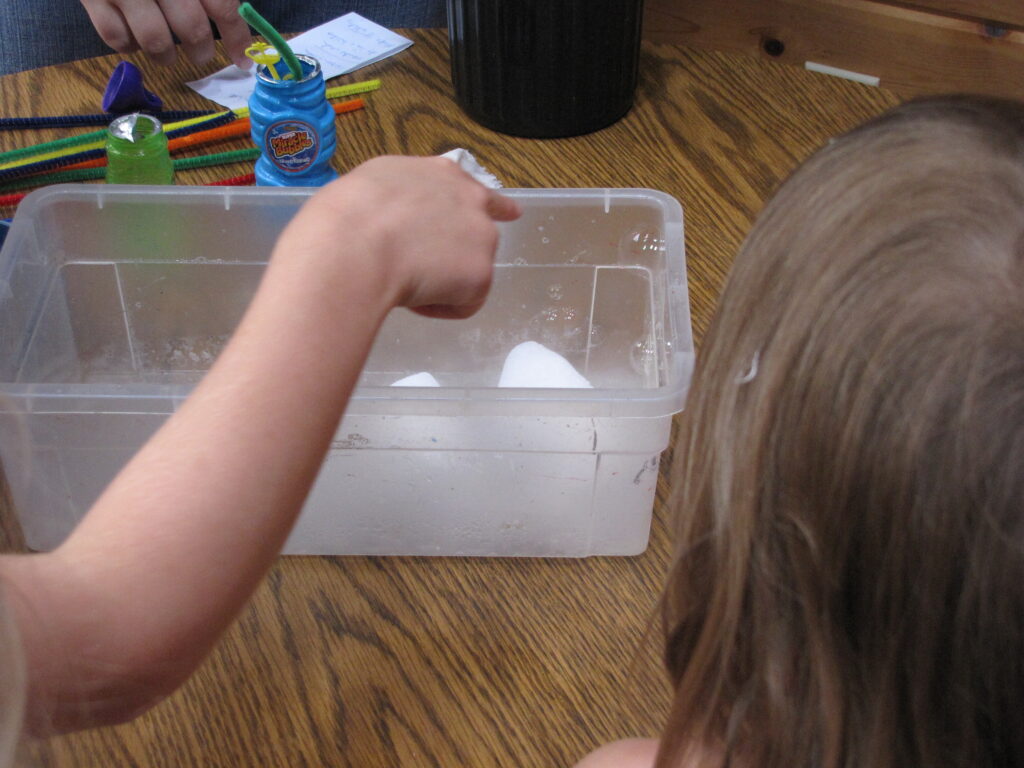Objectives:
1. Students will brainstorm factors that might affect an animal living on the seashore at high and low tides.
2. Students will identify strategies that shore animals use to survive conditions at low tide.
3. Students will design an experiment to test whether the strategy adopted by their simulated shore animal would be effective in helping it survive low tide.
Focus Question:
How do marine animals survive low tide?
Background:
The seashore is an inhospitable place for marine animals to live. Seawater has much less temperature variation throughout the year than air. In other words, during the summer in New York it can be 98˚F but the sea isn’t much warmer than 75˚F. In the depths of winter it can be –10˚F on land, but the water will be 48˚F. Animals that spend all their lives out at sea have a fairly steady environment. Those that are exposed to air at low tide, may face broiling hot temperatures in summer and freezing cold temperatures in winter. They may be soaked in fresh water when it pours with rain, and pounded by rough waves during a storm. Animals that can survive on the shore have to be tough! Read the rest of this entry »




 Posted by Tami O'Connor
Posted by Tami O'Connor 
 3. Notice how AMBULANCE is written. Why is it always written this way on the front of the emergency vehicle?
3. Notice how AMBULANCE is written. Why is it always written this way on the front of the emergency vehicle? 



